Economic Viability of Recycling
The economic viability of recycling rare earth metals is becoming increasingly apparent, which is a key driver for the Rare Earth Metal Recycling Market. As the prices of rare earth metals fluctuate, recycling offers a cost-effective alternative to mining. The cost of extracting rare earth metals from recycled materials is often lower than that of virgin materials, especially as mining becomes more expensive due to resource depletion. Recent analyses suggest that recycling can reduce production costs by up to 30%. This economic incentive is likely to attract more players into the Rare Earth Metal Recycling Market, fostering competition and innovation.
Increasing Environmental Awareness
There is a growing awareness regarding environmental sustainability, which significantly influences the Rare Earth Metal Recycling Market. Consumers and industries alike are becoming more conscious of the ecological footprint associated with mining and processing rare earth metals. This shift in perception is prompting companies to adopt recycling practices as a means to mitigate environmental damage. Reports suggest that the recycling of rare earth metals can reduce greenhouse gas emissions by up to 50% compared to traditional mining methods. Consequently, this heightened environmental consciousness is expected to propel the demand for recycled rare earth materials, thereby fostering growth in the Rare Earth Metal Recycling Market.
Regulatory Frameworks and Policies
The Rare Earth Metal Recycling Market is bolstered by the establishment of stringent regulatory frameworks aimed at promoting recycling initiatives. Governments are increasingly implementing policies that encourage the recycling of rare earth metals, often through incentives or mandates. For example, regulations that require manufacturers to recycle a certain percentage of their electronic waste are becoming more common. This regulatory support not only drives the demand for recycling services but also ensures a steady supply of raw materials for industries dependent on rare earth metals. As these policies evolve, they are likely to create a more favorable environment for the Rare Earth Metal Recycling Market.
Technological Innovations in Recycling
The Rare Earth Metal Recycling Market is experiencing a surge in technological innovations that enhance recycling efficiency. Advanced methods such as hydrometallurgical and pyrometallurgical processes are being developed, which allow for higher recovery rates of rare earth elements. For instance, recent advancements indicate that these technologies can recover up to 95% of rare earth metals from electronic waste. This not only reduces the environmental impact but also lowers the cost of production for manufacturers reliant on these materials. As technology continues to evolve, the Rare Earth Metal Recycling Market is likely to see increased investment in research and development, further driving growth.
Rising Demand from Renewable Energy Sector
The Rare Earth Metal Recycling Market is significantly influenced by the rising demand from the renewable energy sector. Rare earth metals are essential components in various renewable energy technologies, including wind turbines and electric vehicle batteries. As the world shifts towards sustainable energy solutions, the need for these metals is expected to increase. Market data indicates that the demand for rare earth elements in renewable energy applications could grow by over 20% in the next five years. This trend not only highlights the importance of recycling to meet this demand but also positions the Rare Earth Metal Recycling Market as a critical player in the transition to a greener economy.


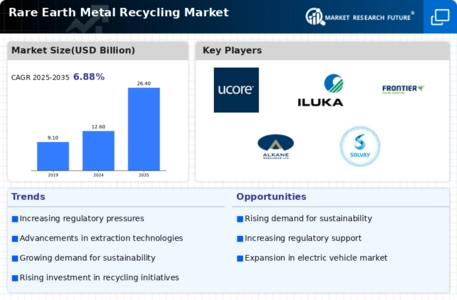

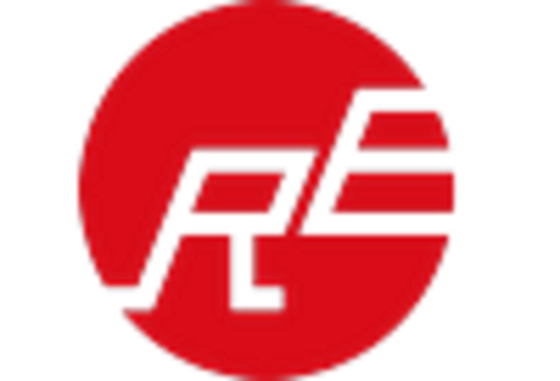
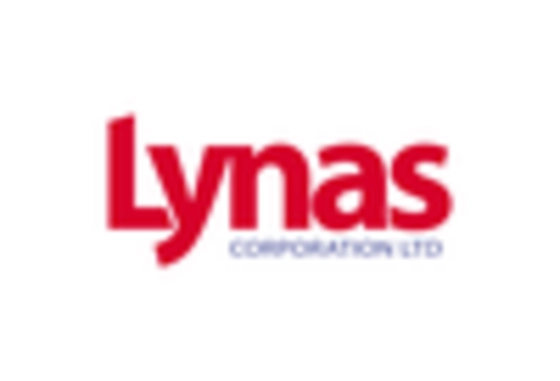
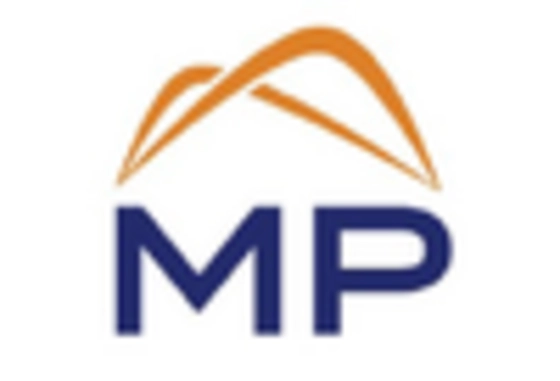
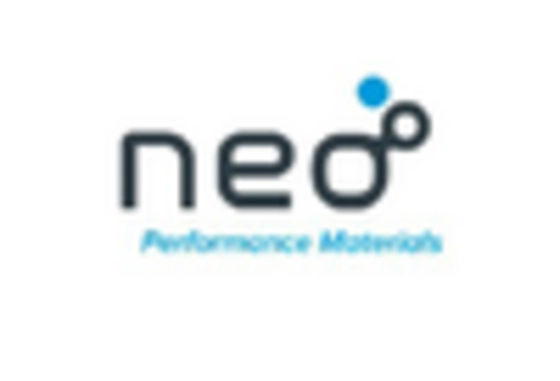
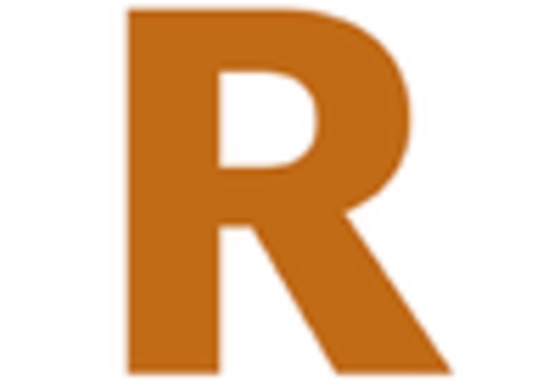








Leave a Comment